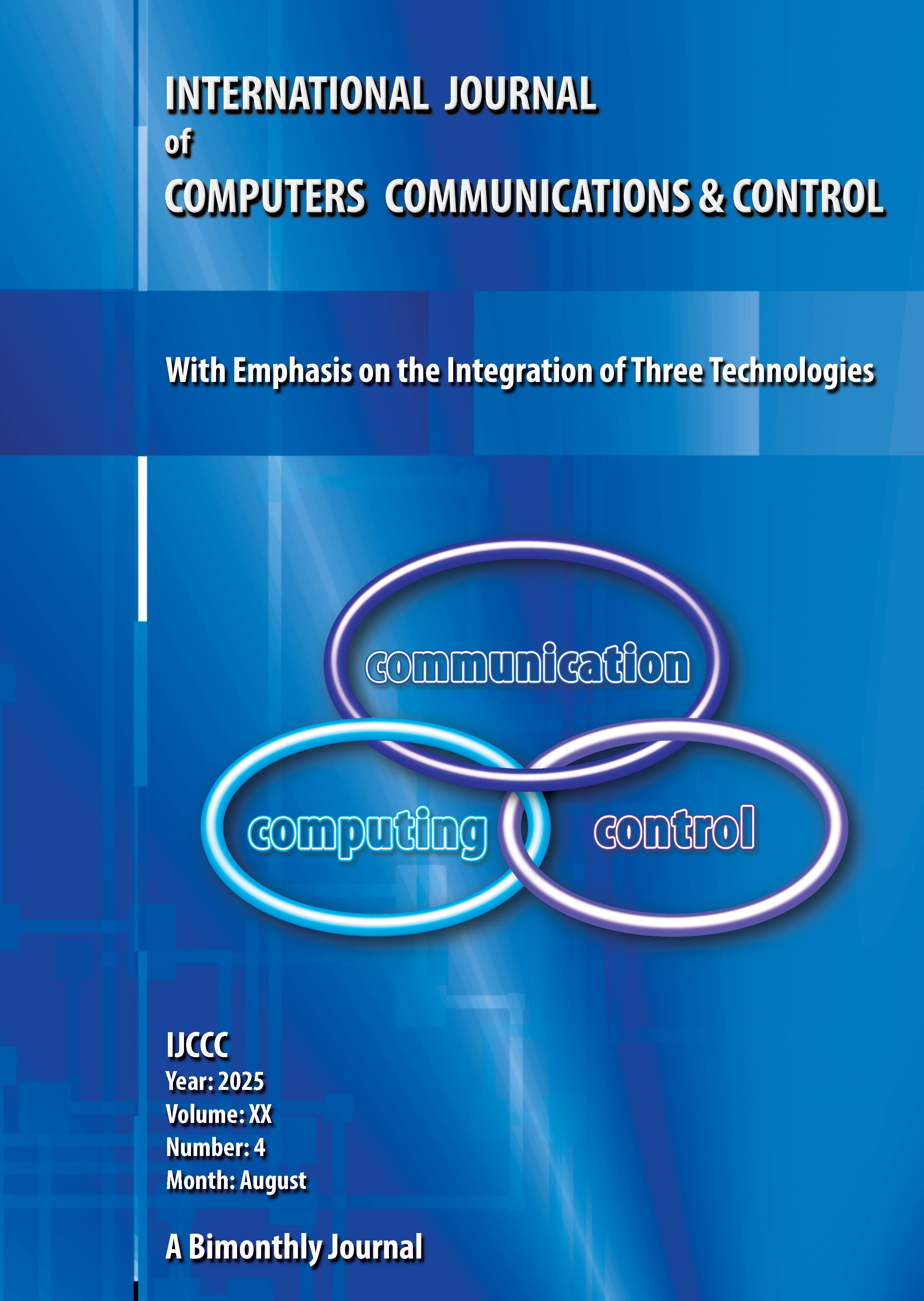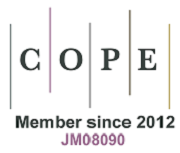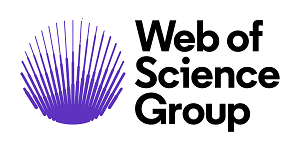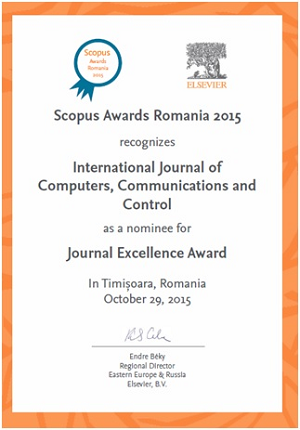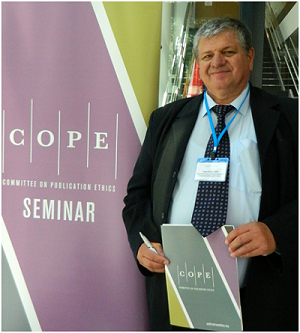The Impact of Human Factors on Software Development Processes Applying the Agile and Waterfall Methodologies: A Case Study Using Real Data
DOI:
https://doi.org/10.15837/ijccc.2025.4.6807Keywords:
software development process, human factors, Agile, Waterfall, fuzzy logicAbstract
The software development process (SDP) contains many variables depending on the methodology chosen. Software development methodologies such as Agile or Waterfall can specify how and in what sequence software is developed. However, the SDP remains a hot topic among practitioners and academics, who seek to clarify the key aspects that influence the successful implementation of the SDP. As the SDP is a dynamic and knowledge-intensive business process (BP), one of its most impact components is the human factor (HF). It is difficult to predict how the HF impacts the sequence and results of SDP implementation. This paper proposes a new approach to investigate the impact of the HF on the SDP through the perspectives of different software development methodologies. The advantages and novelties of this approach include modelling HF uncertainties through their fuzzification in SDP activities, modelling different SDP methodologies using a case-handling approach, and simulating a dynamic, case-based SDP with real HF-related data collected from several IT organizations. The results show that the impact of the HF on SDP performance differs across the Waterfall and Agile methodologies. The results also allow researchers and practitioners working on software development projects to familiarize themselves with the impact of the HF on different SDPs, and to assess the degree of development risk associated with the SDP depending on the methodology chosen.
References
Ambler, S. W., & Lines, M. (2012). Introduction to Disciplined Agile Delivery. IBM Press.
Amrit, C., Daneva, M., & Damian, D. (2014). Human factors in software development: On its underlying theories and the value of learning from related disciplines. A guest editorial introduction to the special issue. Information and software technology, 56(12), 1537-1542. https://doi.org/10.1016/j.infsof.2014.07.006
Andrei, B. A., Casu-Pop, A. C., Gheorghe, S. C., & Boiangiu, C. A. (2019). A study on using Waterfall and Agile methods in software project management. Journal of Information Systems & Operations Management, 125-135.
Bai, Z., Li, Y., Wo'zniak, M., Zhou, M., & Li, D. DecomVQANet: Decomposing visual question answering deep network via tensor decomposition and regression. Pattern Recognit. 2021, 110, 107538. https://doi.org/10.1016/j.patcog.2020.107538
Boehm, B. W. (1988). A Spiral Model of Software Development and Enhancement. ACM SIGSOFT Software Engineering Notes, 11(4), 14-24. https://doi.org/10.1145/12944.12948
Capretz, L. F., & Ahmed, F. (2010). Making sense of software development and personality types. IT professional, 12(1), 6-13. https://doi.org/10.1109/MITP.2010.33
Capretz, L. F. (2014). Bringing the human factor to software engineering. IEEE software, 31(2), 104-104. https://doi.org/10.1109/MS.2014.30
Choi, B., & Rhee, F. (2009). Interval type-2 fuzzy memberships function generation methods for pattern recognition. Information Sciences, 179(13), 2102-2122. https://doi.org/10.1016/j.ins.2008.04.009
Cockburn, A. (2002). Agile software development. Addison-Wesley.
Dutra, E., Diirr, B., & Santos, G. (2021, September). Human factors and their influence on software development teams-a tertiary study. In Proceedings of the XXXV Brazilian Symposium on Software Engineering (pp. 442-451). https://doi.org/10.1145/3474624.3474625
Dyba, T., & Dingsøyr, T. (2008). Empirical studies of Agile software development: A systematic review. Information and Software Technology, 50(9-10), 833-859. https://doi.org/10.1016/j.infsof.2008.01.006
Earl, D.J., & Deem, M.W. Monte Carlo simulations. Methods Mol. Biol. 2008, 443, 25-36. https://doi.org/10.1007/978-1-59745-177-2_2
Gilbert, N. (2019). Agent-based models. Sage Publications. https://doi.org/10.4135/9781506355580
Gonçalves, W. F., de Almeida, C. B., de Araújo, L. L., Ferraz, M. S., Xandú, R. B., & de Farias, I. (2017, June). The influence of human factors on the software testing process: The impact of these factors on the software testing process. In 2017 12th Iberian conference on information systems and technologies (CISTI) (pp. 1-6). IEEE. https://doi.org/10.23919/CISTI.2017.7975873
Guveyi, E., Aktas, M. S., & Kalipsiz, O. (2020). Human factor on software quality: a systematic literature review. In Computational Science and Its Applications-ICCSA 2020: 20th International Conference, Cagliari, Italy, July 1-4, 2020, Proceedings, Part IV 20 (pp. 918-930). Springer International Publishing. https://doi.org/10.1007/978-3-030-58811-3_65
Highsmith, J. (2002). Agile software development ecosystems. Addison-Wesley.
Jang, J. ANFIS: adaptive-network-based fuzzy inference system, 1993; Vol. 23, Issue 3. https://ieeexplore.ieee.org/abstract/document/256541/ https://doi.org/10.1109/21.256541
Kacker, R. N., & Lawrence, J. F. (2007). Trapezoidal and triangular distributions for Type B evaluation of standard uncertainty. Metrologia, 44(2), 117. https://doi.org/10.1088/0026-1394/44/2/003
Klügl, F., & Bazzan, A. Agent-based modeling and simulation. AI Magazine, 2012. https:// ojs.aaai.org/index.php/aimagazine/article/view/2425 https://doi.org/10.1609/aimag.v33i3.2425
Machuca-Villegas, L., Gasca-Hurtado, G. P., & Muñoz, M. (2021). Measures related to social and human factors that influence productivity in software development teams. International Journal of Information Systems and Project Management, 9(3), 43-67. https://doi.org/10.12821/ijispm090303
Machuca-Villegas, L., Hurtado, G. G., Puente, S. M., & Tamayo, L. M. R. (2021). An Instrument for Measuring Perception about Social and Human Factors that Influence Software Development Productivity. J. Univers. Comput. Sci., 27(2), 111-134. https://doi.org/10.3897/jucs.65102
Manikavelan, D., & Ponnusamy, R. Software quality analysis based on cost and error using fuzzy combined COCOMO model. J. Ambient. Intell. Humaniz. Comput. 2020, 1-11. https://doi.org/10.1007/s12652-020-01783-9
Marin, M.A., Lotriet, H., & Van Der Poll, J.A. Metrics for the Case Management Modeling and Notation (CMMN) Specification. In Proceedings of the 2015 Annual Research Conference of the South African Institute of Computer Scientists and Information Technologists, Stellenbosch, South Africa, 28-30 September 2015. https://doi.org/10.1145/2815782.2815813
Mao, J. Optimizing Enterprise Marketing Project Portfolios Using Fuzzy Ant Colony Optimization. International Journal of Computers Communications & Control, 2024, 19 (3), 6458. https://doi.org/10.15837/ijccc.2024.3.6458
Nogueira, R.P.; Melicio, R.; Valério, D.; Santos, L.F. Learning methods and predictive modeling to identify failure by human factors in the aviation industry. Appl. Sci. 2023, 13, 4069. https://doi.org/10.3390/app13064069
Pirzadeh, L. (2010). Human factors in software development: a systematic literature review.
Royce, W. W. (1970). Managing the Development of Large Software Systems: Concepts and Techniques. In Proceedings of IEEE WESCON, 1-9.
Ruiz, M., & Salanitri, D. (2019). Understanding how and when human factors are used in the software process: a text-mining based literature review. In Product-Focused Software Process Improvement: 20th International Conference, PROFES 2019, Barcelona, Spain, November 27-29, 2019, Proceedings 20 (pp. 694-708). Springer International Publishing. https://doi.org/10.1007/978-3-030-35333-9_54
Sielskait˙e, Š., & Kalibatien˙e, D. (2023). On Fuzzy and Case-Based Dynamic Software Development Process Modeling and Simulation Approach. Applied Sciences, 13(11), 6603. https://doi.org/10.3390/app13116603
Schwaber, K. (2004). Agile Project Management with Scrum. Microsoft Press.
Sommerville, I. (2011). Software Engineering (9th ed.). Addison-Wesley.
Thesing, T., Feldmann, C., & Burchardt, M. (2021). Agile versus Waterfall project management: decision model for selecting the appropriate approach to a project. Procedia Computer Science, 181, 746-756. https://doi.org/10.1016/j.procs.2021.01.227
Urquhart, L.; Wodehouse, A.; Loudon, B.; Fingland, C. The application of generative algorithms in human-centered product development. Appl. Sci. 2022, 12, 3682. https://doi.org/10.3390/app12073682
Wróbel, K.; Gil, M.; Chae, C.J. On the influence of human factors on safety of remotely-controlled merchant vessels. Appl. Sci. 2021, 11, 1145. https://doi.org/10.3390/app11031145
Additional Files
Published
Issue
Section
License
Copyright (c) 2025 Šarun˙e Sielskait˙e, Diana Kalibatienė

This work is licensed under a Creative Commons Attribution-NonCommercial 4.0 International License.
ONLINE OPEN ACCES: Acces to full text of each article and each issue are allowed for free in respect of Attribution-NonCommercial 4.0 International (CC BY-NC 4.0.
You are free to:
-Share: copy and redistribute the material in any medium or format;
-Adapt: remix, transform, and build upon the material.
The licensor cannot revoke these freedoms as long as you follow the license terms.
DISCLAIMER: The author(s) of each article appearing in International Journal of Computers Communications & Control is/are solely responsible for the content thereof; the publication of an article shall not constitute or be deemed to constitute any representation by the Editors or Agora University Press that the data presented therein are original, correct or sufficient to support the conclusions reached or that the experiment design or methodology is adequate.
